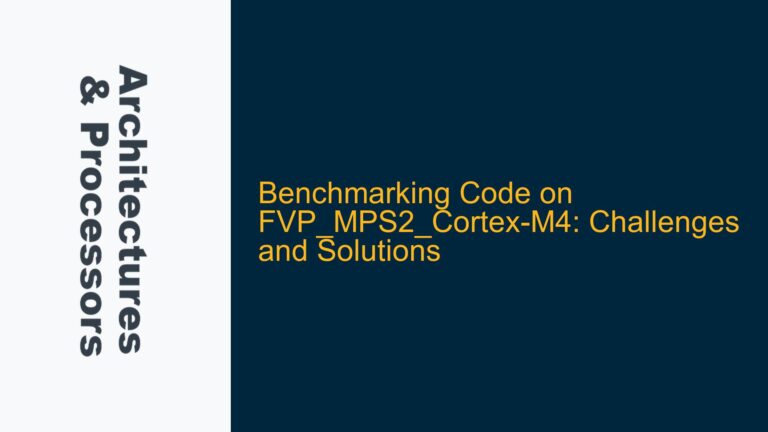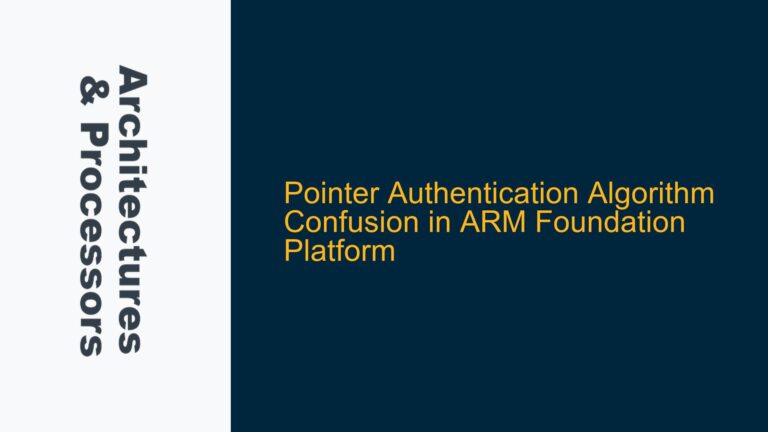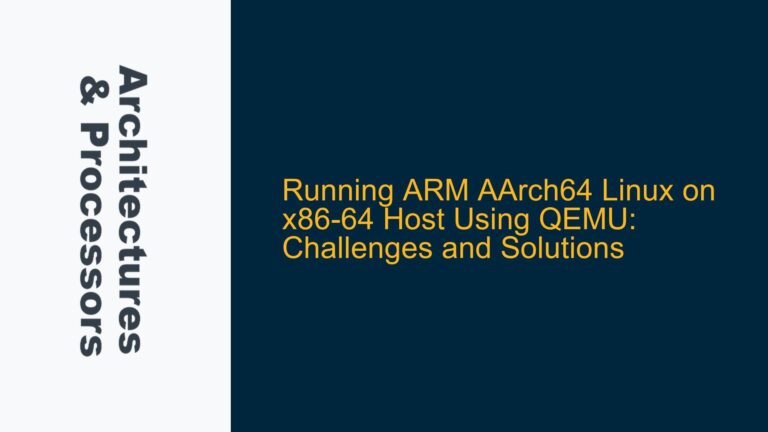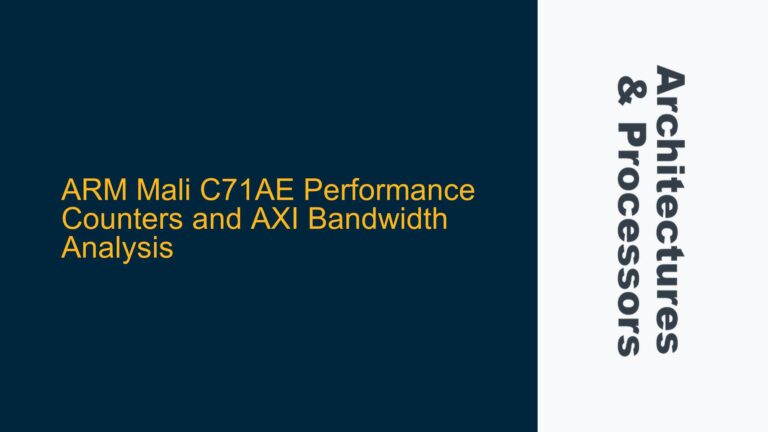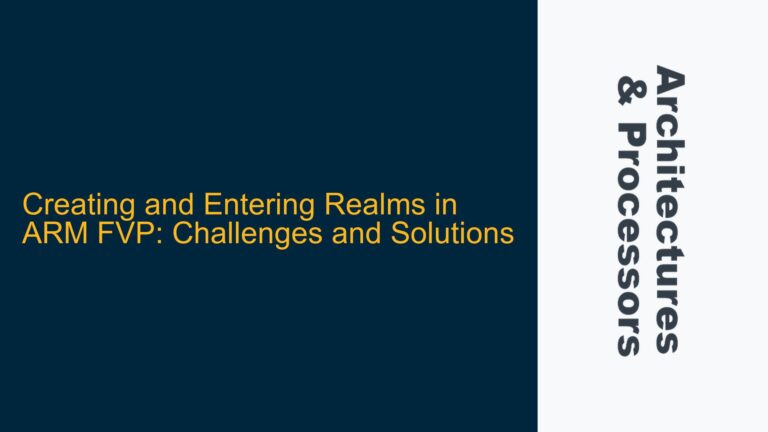CHI Protocol Snoop Transactions and Coherency Enforcement
ARM CHI Protocol Snoop Transactions and Their Role in Coherency The ARM Coherent Hub Interface (CHI) protocol is a critical component in modern ARM-based SoCs, enabling efficient communication between various request nodes (RNs) and the interconnect. One of the key aspects of CHI is its handling of snoop transactions, which are essential for maintaining cache…




